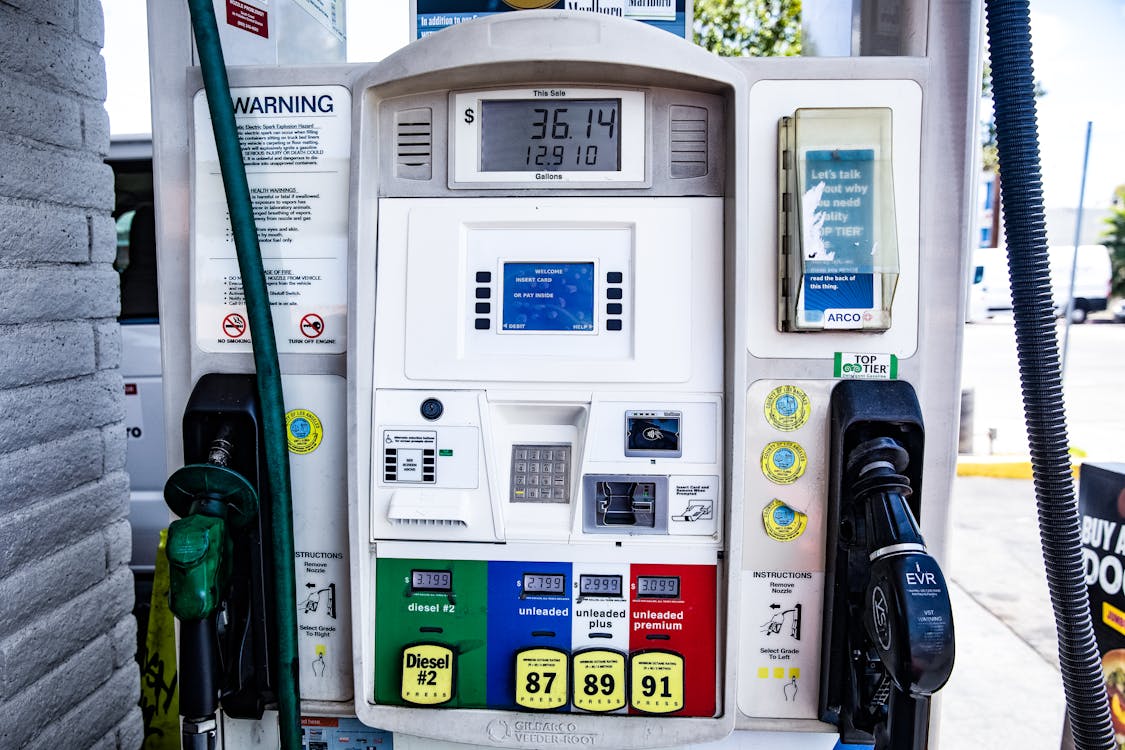Miguel Ángel Gutiérrez would be willing to prioritize the company’s profitability over the national government’s requests and the fight against inflation. The increase could be around 7%.YPF is one of the companies hardest hit by Wall Street’s black week and one of the worst performers on the Merval panel. That’s why its president, Miguel Ángel Gutiérrez, is willing to raise fuel prices again and confront the government to prioritize the company’s profitability, even if this means a new blow to inflation.
While the Merval panel rose 66.5% in nominal terms in the last year (33.4% if the impact of inflation is discounted), YPF shares advanced 40.6% (12.7% in real terms), that is, they advanced a third of what the leading shares of the country did. This is a reflection of its delicate financial situation, which, according to the latest accounting information available from the company – from the third quarter of 2017 – recorded more bad news in 2017 than in 2016. For example, its EBITDA (gross profit before amortization, interest, and taxes) improved 13% when comparing the performance from January to September 2017 with the same period in 2016, totaling $50,046 million, which significantly left behind inflation.
After subtracting interest, taxes, depreciation, and amortization, the total comprehensive income is reduced to $12,294 million, which means a notable improvement compared to the $7,590 million deficit in 2016. However, this improvement is strongly explained by a 7.6% reduction in investment (which went from $44,236 million to $40,882 million), although if it is accounted for in dollars, the reduction in investment was much greater. Precisely this reduction in investment expenses allowed it to face its considerable debts. In fact, in the first nine months of 2017, YPF faced payments for “financial costs” of $18,865 million, almost 38% of its EBITDA.
As a consequence of the lower investment, there was also a drop in the production of the flagship company: “In the third quarter of the year, total hydrocarbon production reached 553.2 Kbped, 4.5% lower than in the same period in 2016. Crude oil production decreased by 8.1% totaling 227.2 Kbbld, while natural gas production reached 44.1 Mm3d, 1.7% lower than in the same period in 2016. NGL production decreased by 3.0% reaching 48.6 Kbbld,” the company detailed. Calculations With this panorama and without the leadership of a CEO until at least March, the president of YPF is determined to recover the profitability of the flagship oil company.
And for now, just to restore the price of gasoline to its December value, prices would have to rise practically an additional 7% and take it to almost $26 per liter. This is without taking into account that, in dollars, the price of a barrel of oil has risen by 7.4% since the beginning of December. Since the liberalization of fuel prices at the end of the year, gasoline has risen by 7.6% compared to its December price. Meanwhile, between the December price update and the last increase on February 6, the dollar continued to rise by 13.5%. And 14.6% until today. For this reason, to equalize the price of fuel in dollars, YPF would need to increase by 7%.




